It is an universal truth that people love food. It carries an important role in each culture, from its cultivation, preparation to its consumption. After studying in Spain for almost four months, I've had the opportunity to experience a whole new culinary world. When talking to friends back home or local Spaniards, questions about different foods are the most common.
So, what is Spanish food like?
The Spanish diet closely follows a Mediterranean diet. Breakfast is usually very light, just toast and coffee. Olive oil, fish, eggs and bread can all be considered staples of the Spanish diet. Meal times will seem strange to an American at first: Lunch at 2 p.m. and dinner around 9 or 10 p.m. Lunch happens to be the heaviest meal of the day, so expect a couple portions of food.
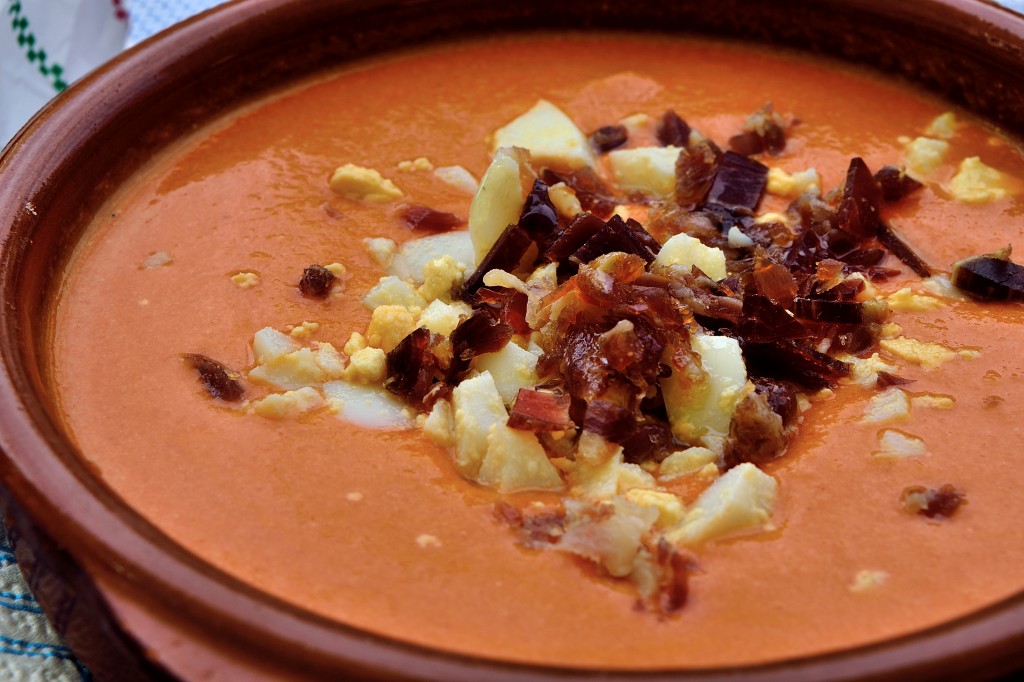 |
| Salmorejo typically has Spanish Ibérico ham as a garnish. |
And like any place, cities have their own famous or well-known dishes. Córdoba is known for its tomato soup, known as Salmorejo. Salmorejo has a soft orange color and is typically eaten with bread. And as the dish is usually served cold, it's a good meal option for the summer. This has been one of my favorite Spanish dishes.
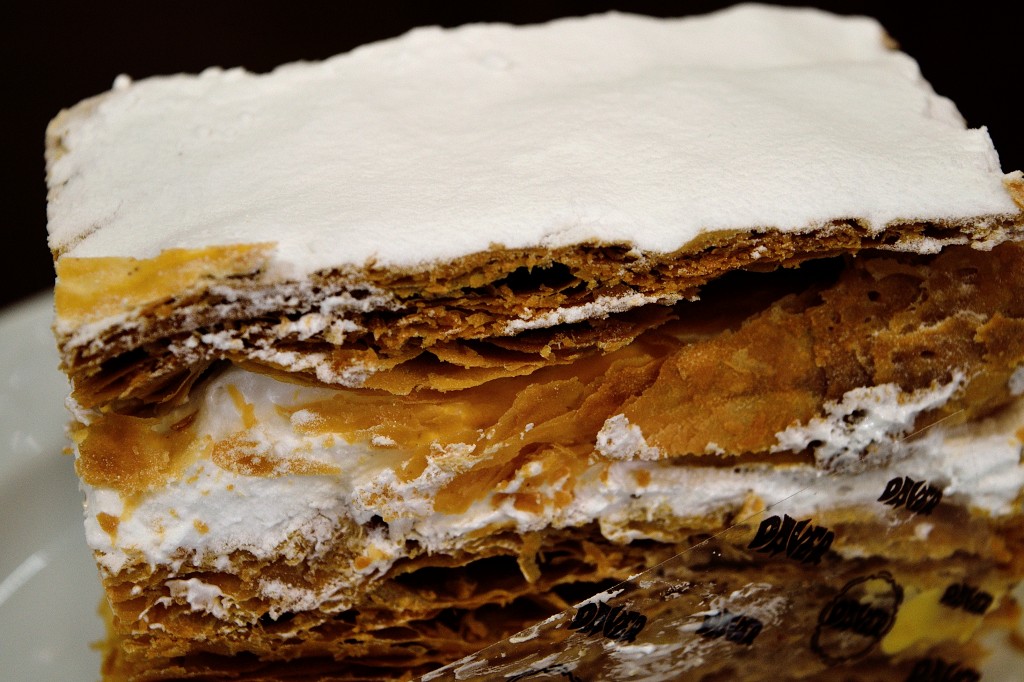 |
| A multi-layer dessert topped with powdered sugar. |
The pastry shops are something I'll miss after this semester. The numerous pastries found here, besides being delicious, are gorgeous and hand-made. It's no wonder why you can find several pastry shops on one street. This pastry was from the city of Ronda, where they also sold chocolates and fresh fudge. A marshmallow-like layer held the fluffy pastry together and was a treat after a day of touring the city.
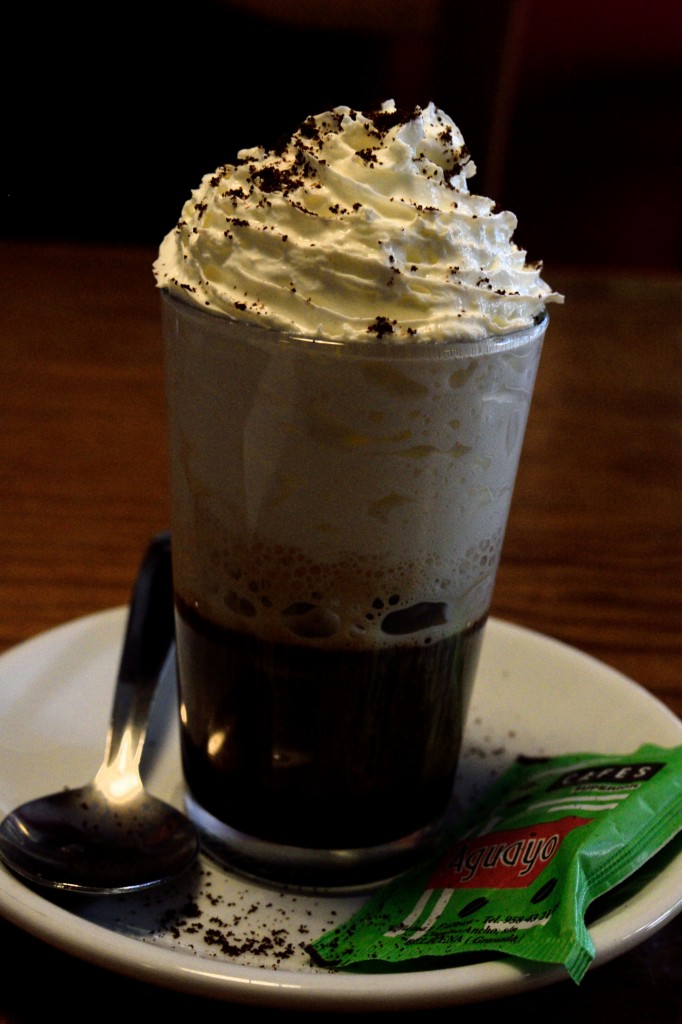 |
| A favorite order from a local Spanish café in Granada. |
Spain's pastries aren't the only thing I'll miss. I've found that I like the small sizes of coffee here. Although it lacks in size, a cup has more caffeine in it. Not to mention it's pretty cheap! It's nice option for going out with friends during the weekdays, whether to practice a language exchange or to stop and chat for a bit.
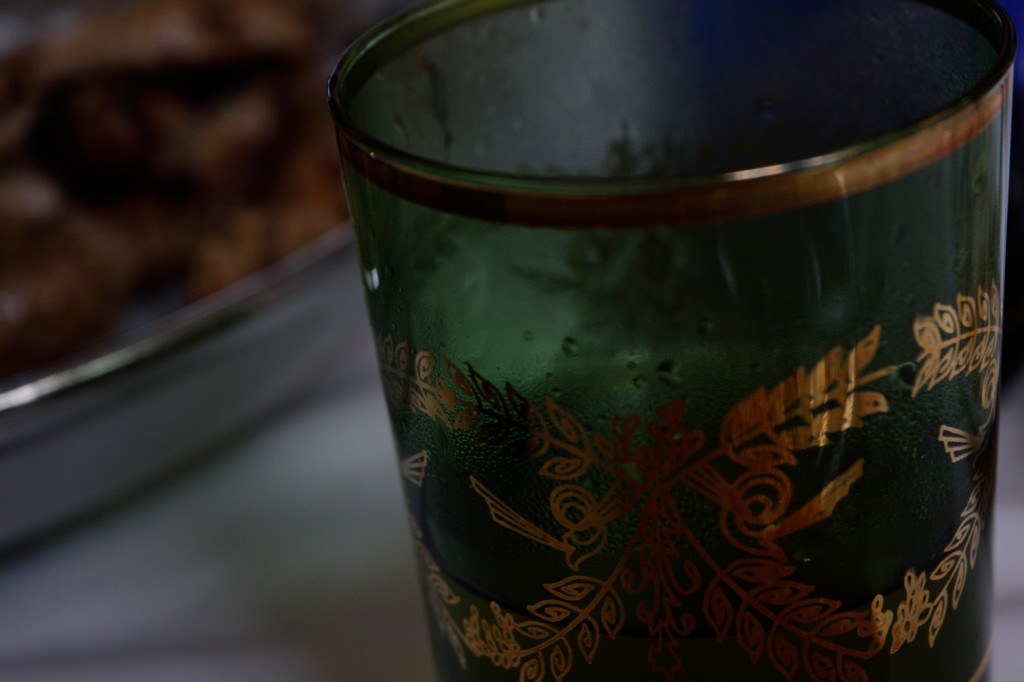 |
| Moroccan tea and a meal of rice and meat at our host's house. |
My CEA program also visited Morocco, where we were able to meet and talk with locals. This picture above was taken during lunch at a family's house, where they served us meat, rice and bread along with some sweet mint Moroccan tea. These small tea cups can also be found in Arabic district of Granada called the Albayzín.
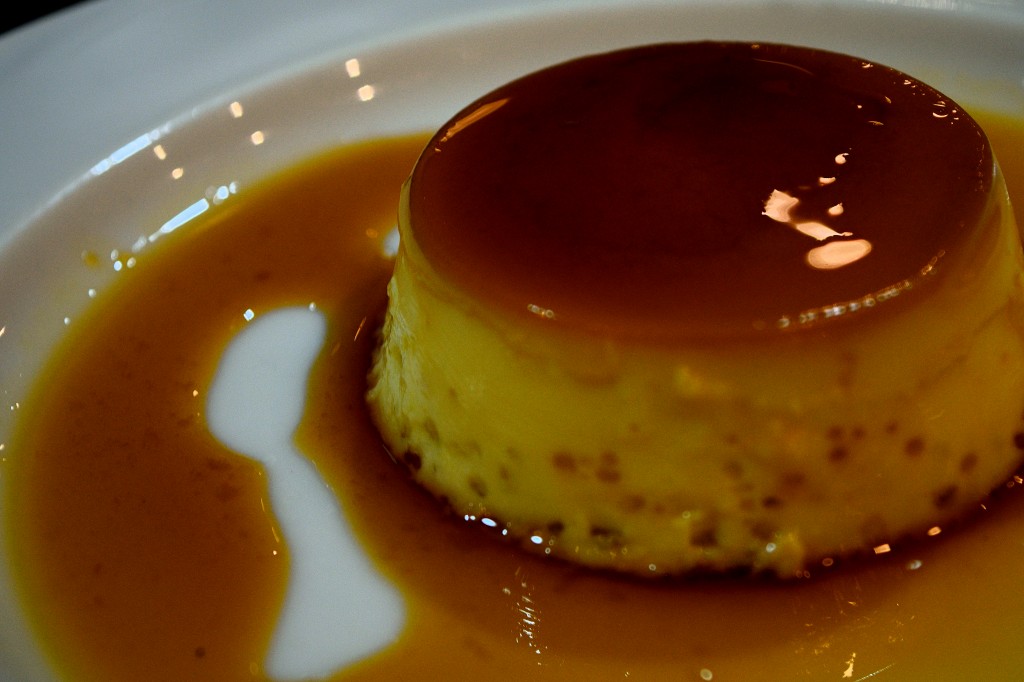 |
| Flan served as dessert after our meal in Morocco. |
Flan is a traditional Spanish dessert, which can be made with either almond or orange extract. However, this picture isn't actually from Spain. This flan was from Tétouan, Morocco. During all of our meals in Morocco we shared communal plates, where we were able to serve ourselves from one large main dish. The food seemed to follow a main theme: rich and savory. I immediately loved the Moroccan couscous, which included meat and steamed vegetables.
So, in conclusion, Spain and Morocco have some fantastic dishes. Let's hope my cooking skills will be able to re-create some of these recipes back in the States!
Anna Groeling is the Fall 2015 CEA MOJO Photographer in Granada, Spain. She is currently a Junior at Colorado State University.







